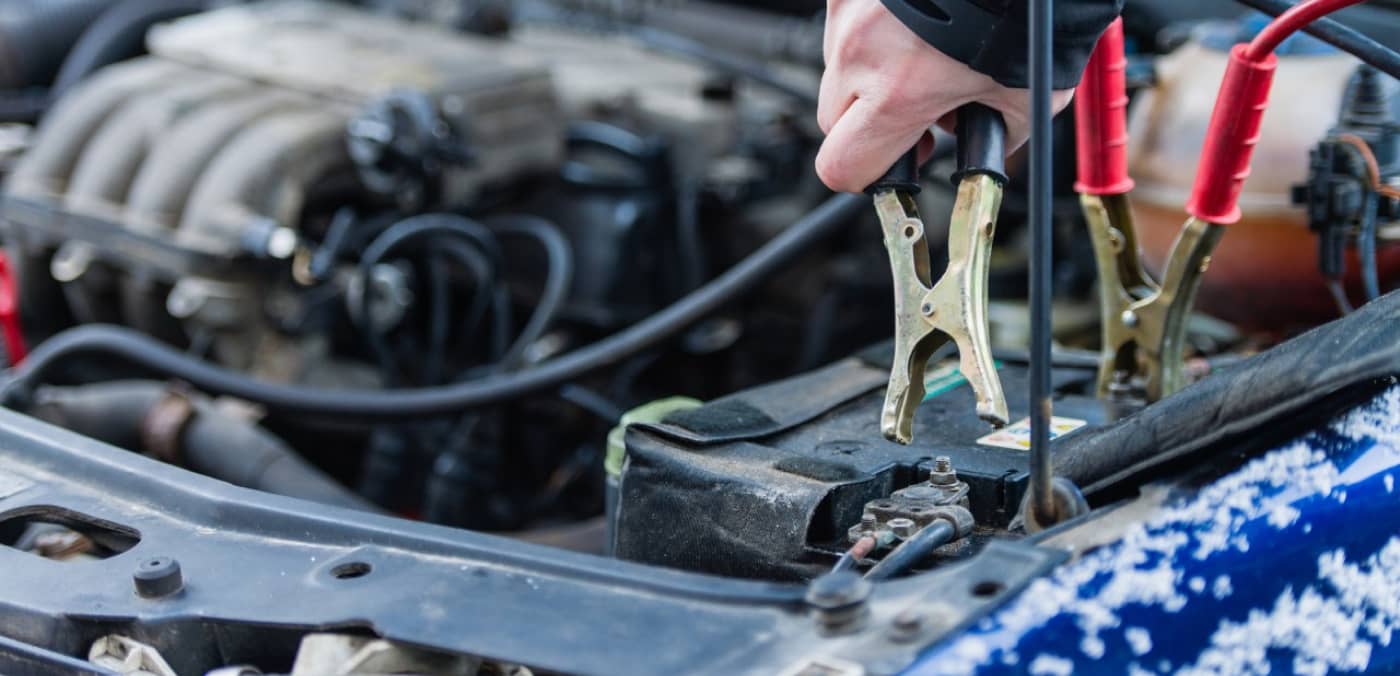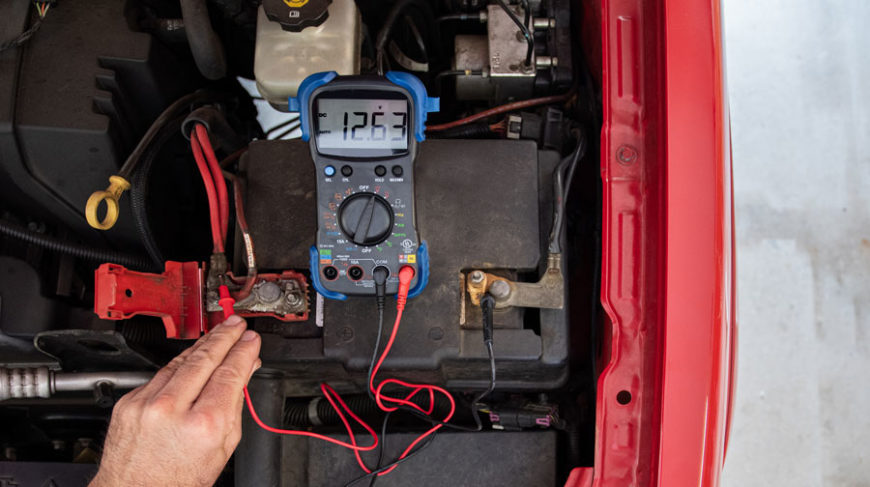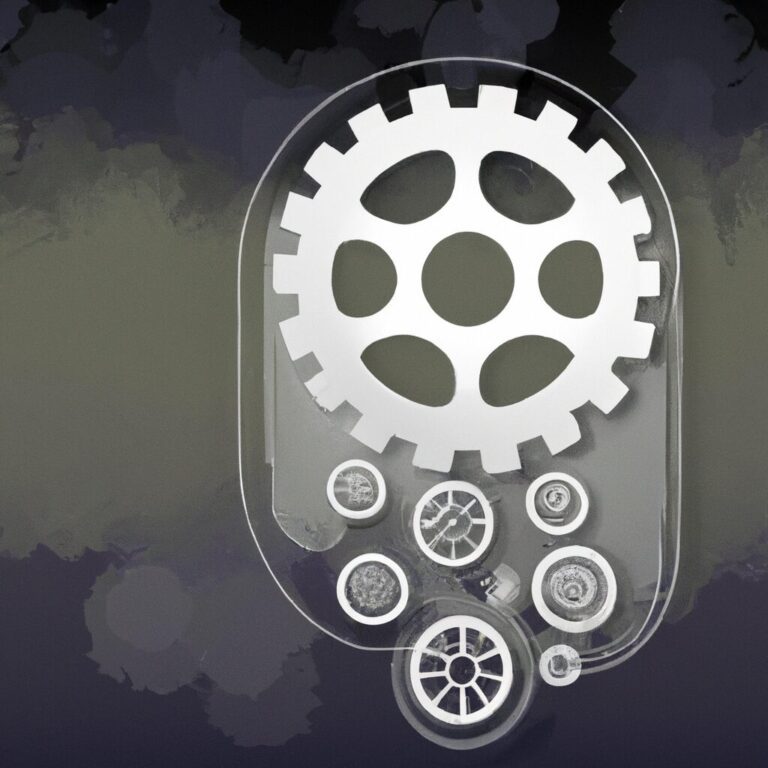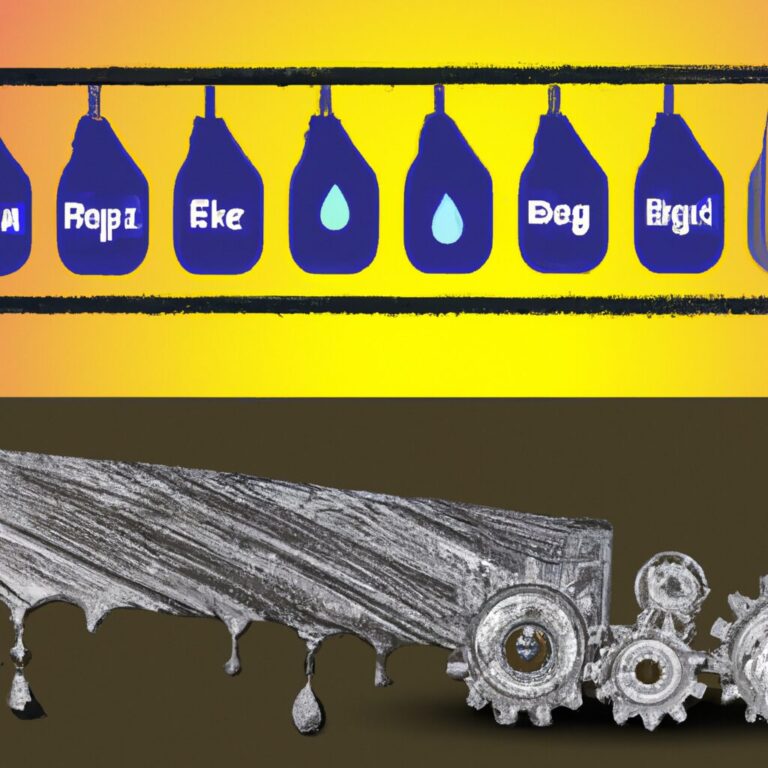Fixing Your Car’S Electrical System: A Diy Guide
If you’re looking to fix your car’s electrical system, this DIY guide will help you tackle the job effectively. Understanding the basics and following step-by-step instructions can save you time and money while ensuring a safe and reliable repair.
By learning how to troubleshoot common electrical issues and replace faulty components, you’ll be able to get your car back on the road in no time. Stay tuned for valuable tips and practical advice on how to navigate the intricate world of automotive electrical systems.
Let’s dive in and empower yourself to take charge of your vehicle’s electrical maintenance with confidence.

Credit: www.bridgestonetire.com
Understanding Car Electrical Systems
Learn how to fix your car’s electrical system with this DIY guide. Gain a comprehensive understanding of car electrical systems and troubleshoot issues with ease. Master the fundamentals and expert tips to confidently tackle any electrical problem in your vehicle.
The Basics Of Car Electrical Systems
Understanding the basics of car electrical systems is essential for any DIY enthusiast or car owner. From the battery to the wiring, various components work together to power your vehicle and keep it running smoothly. By gaining a basic understanding of these systems, you can easily diagnose and fix common electrical issues in your car.
Common Electrical Issues In Cars
While cars rely on intricate electrical systems to function, they are not immune to problems. Here are some of the most common electrical issues you may encounter:
- Dead Battery: A dead or weak battery is a common issue that can cause your car not to start. It may be due to a faulty alternator, loose connections, or simply an old battery that needs replacing.
- Blown Fuses: Fuses protect different electrical circuits in your car. If a fuse blows, a specific component may stop working, such as the headlights or power windows.
- Malfunctioning Starter Motor: If you hear a clicking sound when turning the key, it may indicate a faulty starter motor. Several issues can cause this, including worn-out solenoids or a faulty ignition switch.
- Faulty Alternator: The alternator is responsible for charging the battery and powering the electrical system when the engine is running. A faulty alternator can cause battery drain and various electrical issues.
- Corroded or Loose Wiring: Over time, wiring connections can become loose or corroded, leading to electrical problems. Poor connections can cause intermittent or complete loss of power to certain components.
By familiarizing yourself with these common issues, you can save time and money by troubleshooting and repairing them on your own. However, keep in mind that electrical systems can be complex, and if you’re unsure, it’s always best to consult a professional.

Credit: www.autozone.com
Tools And Equipment You’ll Need
When fixing your car’s electrical system, having the right tools and equipment is essential. Here are the tools you’ll need to get started:
Essential Tools For Electrical Work
- Multimeter: To test voltage, current, and resistance levels.
- Wire Strippers: For safely stripping wires during repairs.
- Terminal Crimper: Used to crimp electrical connectors securely.
- Insulated Screwdrivers: Essential for working on live electrical components.
- Wire Connectors: For joining or splicing wires together.
Optional Equipment For Advanced Troubleshooting
- Oscilloscope: To analyze intricate electrical signals.
- Wire Tracer: Helps trace wires through the vehicle’s complex wiring system.
- Power Probe: Provides power and ground to circuits for testing.
- Circuit Tester: For quickly checking if circuits are live.
- Electrical Tape: For insulating and protecting electrical connections.
Diagnosing Electrical Problems
When it comes to fixing your car’s electrical system, diagnosing electrical problems is the crucial first step. By identifying common symptoms and using a multimeter and diagnostic tools, you can pinpoint issues effectively.
Identifying Common Electrical Symptoms
Notice dimming headlights, flickering dashboard lights, dead battery, or other electrical malfunctions as indicators of potential issues in your car’s electrical system.
Using Multimeter And Diagnostic Tools
Utilize a multimeter to check voltage levels across various components. Combine it with diagnostic tools like OBD-II scanners to scan for error codes and diagnose complex electrical problems.

Credit: www.youtube.com
Repairing And Replacing Electrical Components
Discover how to effectively repair and replace electrical components in your car’s electrical system with our DIY guide. This step-by-step resource provides practical tips and techniques to tackle these tasks on your own, ensuring your vehicle stays in top-notch condition.
Trust your skills and save money by fixing electrical issues yourself.
Diy Methods For Fixing Wiring And Connectors
Has your car’s electrical system been acting up lately? Don’t worry, you don’t always have to rush to the mechanic. Sometimes, you can fix the issue yourself by repairing or replacing the faulty electrical components. In this section, we will explore some easy do-it-yourself methods for fixing wiring and connectors. When it comes to fixing wiring and connectors, a few simple steps can make a big difference. First, start by identifying the problematic area. Inspect the wiring and connectors carefully for any signs of damage or wear. Remember, safety should always be your top priority, so make sure to disconnect the car battery before proceeding. Once you’ve identified the faulty wiring or connectors, it’s time to take action. Here are some DIY methods you can try:- Inspect and Clean: Sometimes, all your wiring and connectors need is a good cleaning. Remove any dirt, dust, or corrosion using a soft brush or a cotton swab dipped in rubbing alcohol. This simple step can often resolve the issue without any further repairs.
- Repair or Replace: If you notice any damaged or frayed wires, it’s essential to address them immediately. To repair a damaged wire, strip the insulation carefully and splice the wire back together. However, if the damage is extensive, it’s best to replace the entire wire to ensure optimal safety and functionality.
- Check and Tighten: Loose connections can cause electrical problems in your car. Ensure that all connectors are securely attached and tightened. If you find any loose connection, use a wrench or pliers to tighten them properly.
- Use Wire Connectors: If you need to join wires together, make sure to use appropriate wire connectors. These connectors provide a secure and reliable connection, preventing any future issues.
Replacing Fuses, Relays, And Switches
Sometimes, the problem with your car’s electrical system lies in the fuses, relays, or switches. Luckily, replacing these components is a relatively simple task. Here’s how you can do it:- Identify the Faulty Component: Start by locating the fuse box in your car. Refer to your car’s manual to identify the specific fuse, relay, or switch that needs replacing.
- Remove the Old Component: Carefully remove the faulty component using a fuse puller or a pair of small pliers. Make sure to handle it gently to avoid any damage.
- Insert the New Component: Take the new fuse, relay, or switch and insert it into the appropriate slot. Ensure it is securely in place.
- Test the Replacement: Once you’ve replaced the component, test the electrical system to ensure that the problem has been resolved. If the issue persists, you may need to consult a professional mechanic.
Safety Precautions And Best Practices
When working on your car’s electrical system, safety should be your top priority. Following the right precautions and best practices can help prevent accidents and ensure a smooth DIY experience. Here are some essential guidelines to keep in mind as you tackle electrical repairs and maintenance.
Working With High-voltage Components
High-voltage components in your car present serious risks, so it’s crucial to approach them with caution. Before handling any high-voltage parts, always disconnect the battery to avoid potential electrical shocks. When working on components like the ignition system or fuel injectors, ensure the engine is turned off and wait for it to cool down to minimize the risk of electric shock or burns.
Preventing Electrical Hazards In The Workshop
When working on your car’s electrical system, it’s important to create a safe and organized workspace. Avoid clutter and ensure proper lighting in your workshop to reduce the risk of accidents. Always use non-conductive tools when working on electrical components to prevent electrical shorts. Additionally, invest in insulated gloves and eyewear to protect yourself from potential electrical hazards.
Frequently Asked Questions For Fixing Your Car’s Electrical System: A Diy Guide
Can You Reset A Cars Electrical System?
Yes, you can reset a car’s electrical system by disconnecting the battery for a few minutes and reconnecting it.
How Do I Know If My Car’s Electrical System Is Bad?
Signs of a bad car electrical system include dim lights, battery issues, malfunctioning accessories, and dashboard warning lights.
What Are The 5 Parts Of The Automotive Electrical System?
The automotive electrical system consists of five key components: the battery, alternator, starter motor, ignition system, and electrical wiring. These parts work together to provide power to the vehicle’s electrical components and ensure optimal operation.
How Do You Troubleshoot Car Wiring?
To troubleshoot car wiring, check for loose or damaged wires, test the car’s electrical systems, and use a multimeter to measure voltage and resistance. Look for corrosion and make sure connections are secure. If problems persist, consult a professional automotive technician for assistance.
Always prioritize safety when working with car wiring.
Conclusion
Tackling your car’s electrical system issues doesn’t have to be a daunting task. With this DIY guide, you can confidently troubleshoot and fix common problems. Remember to always prioritize safety, follow step-by-step instructions, and have the necessary tools on hand.
By taking matters into your own hands, you can save time and money while gaining a sense of accomplishment. Keep learning and mastering your car’s electrical system, and you’ll be well-equipped to handle whatever comes your way on the road.




